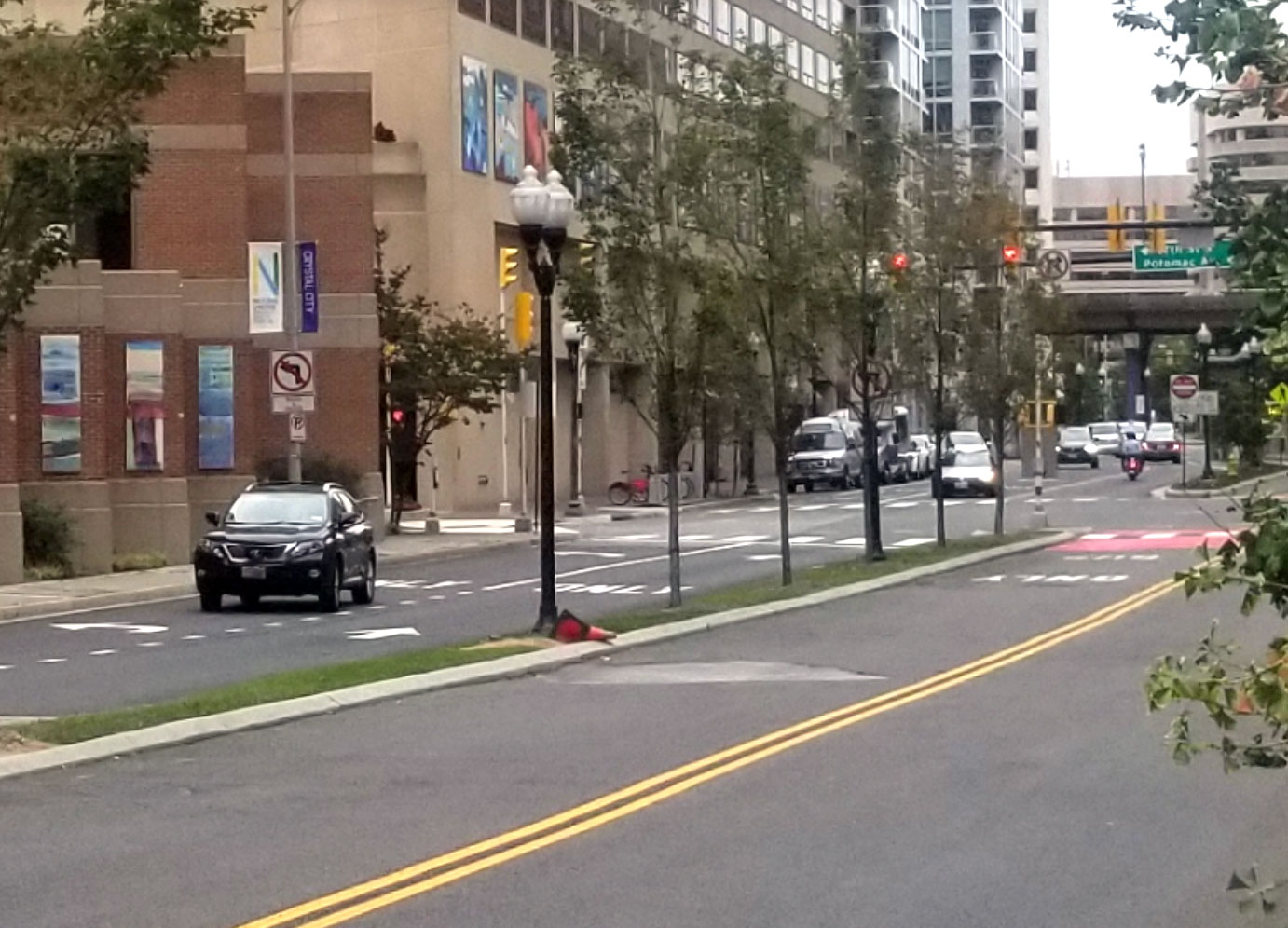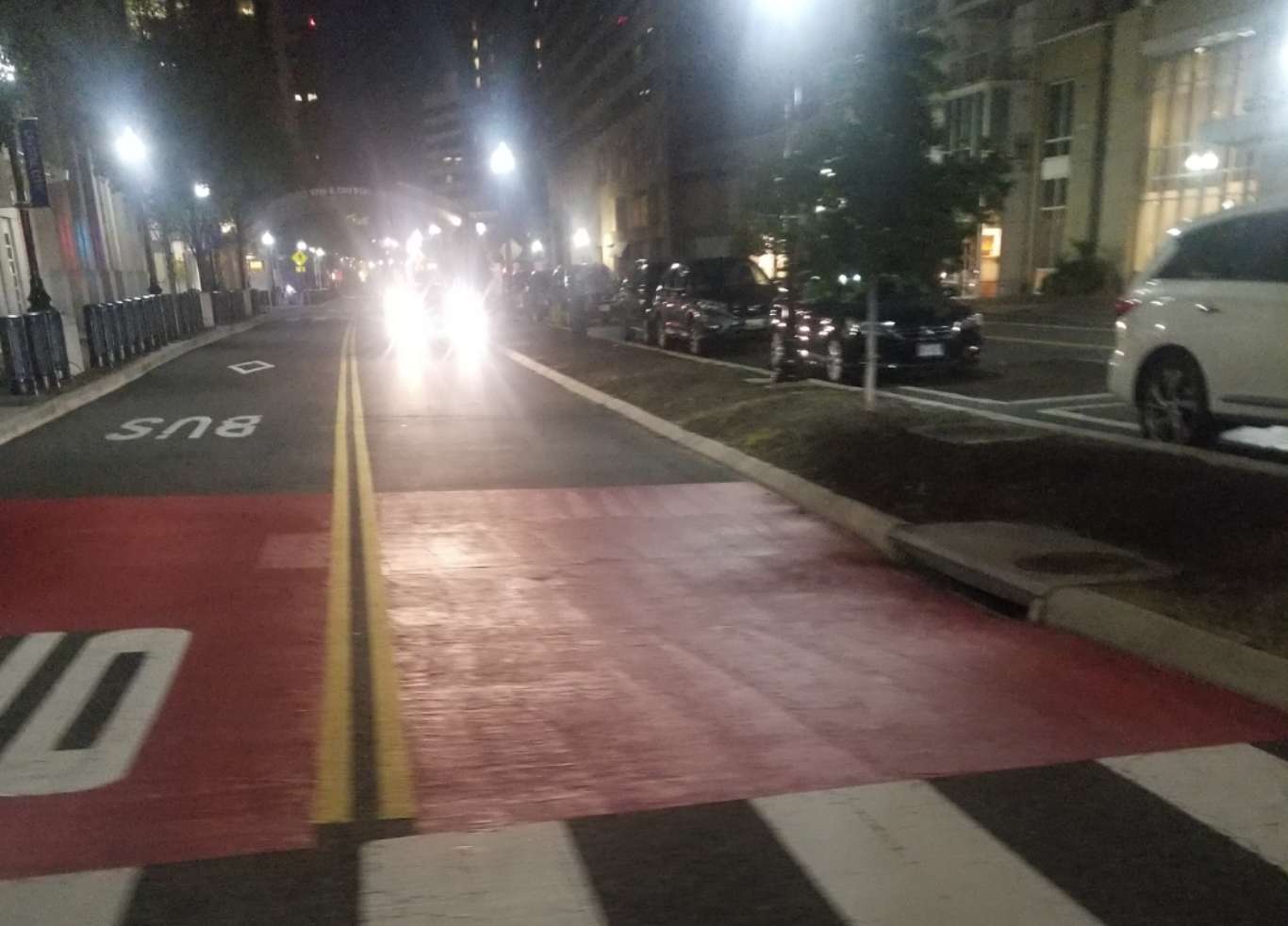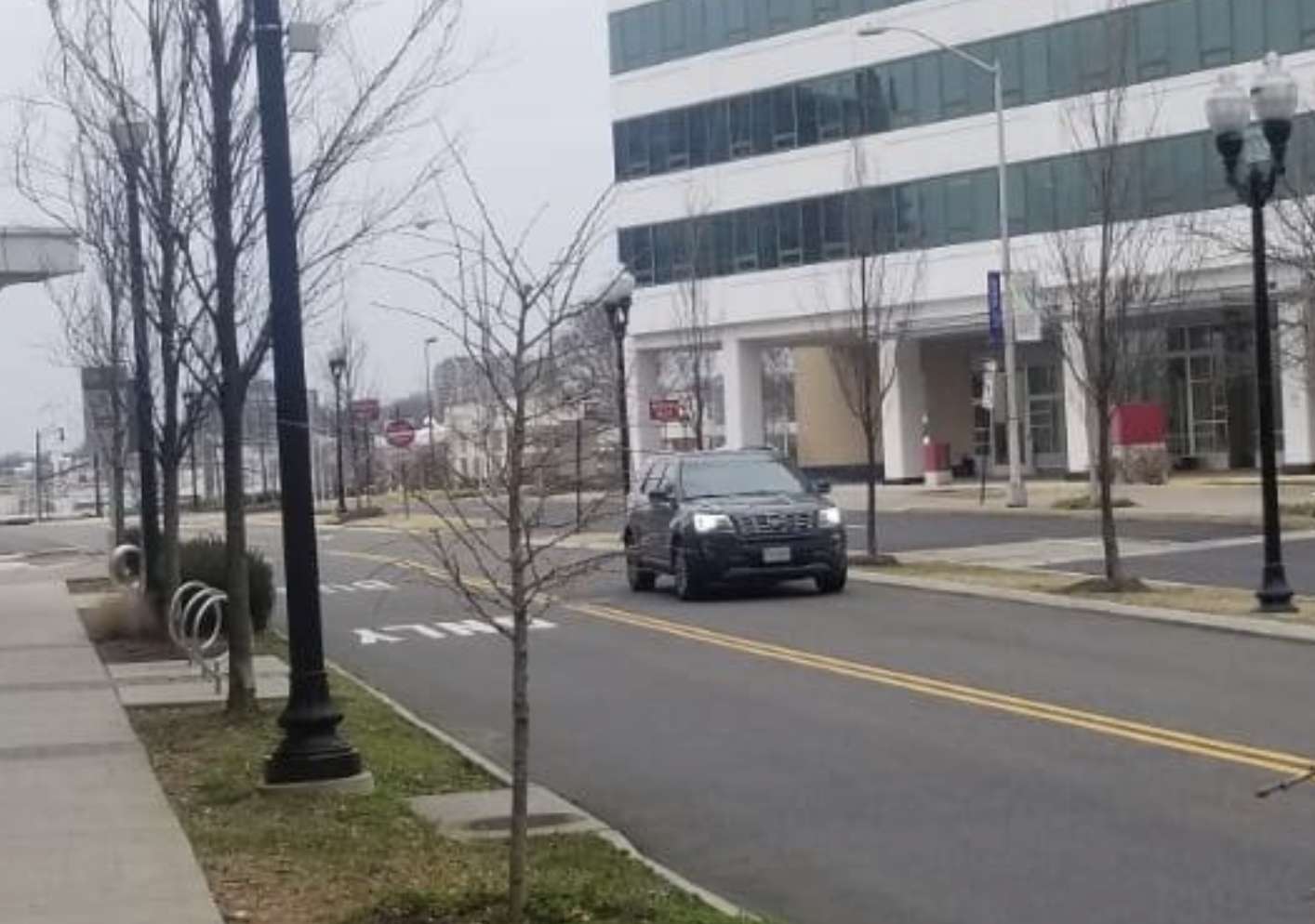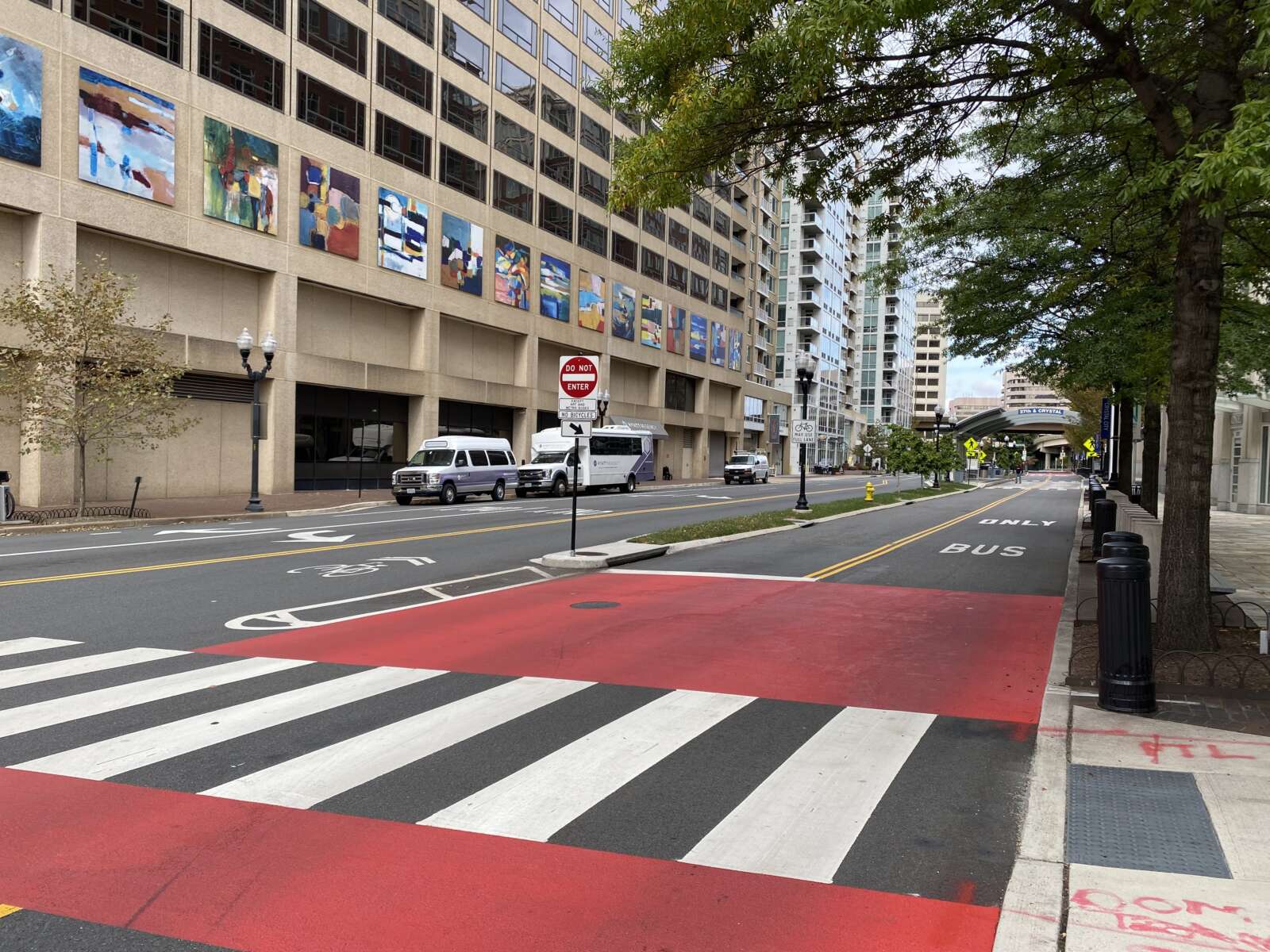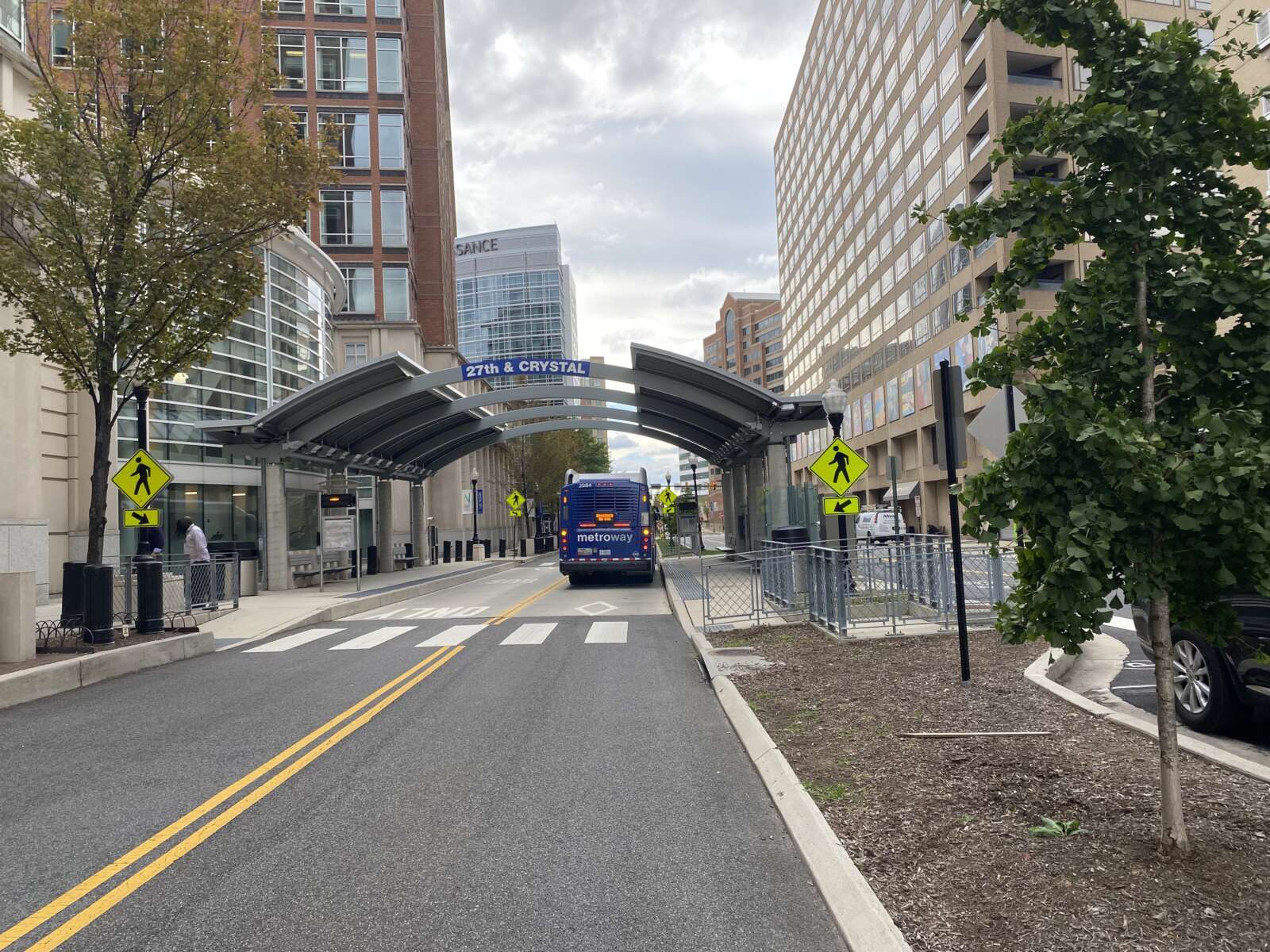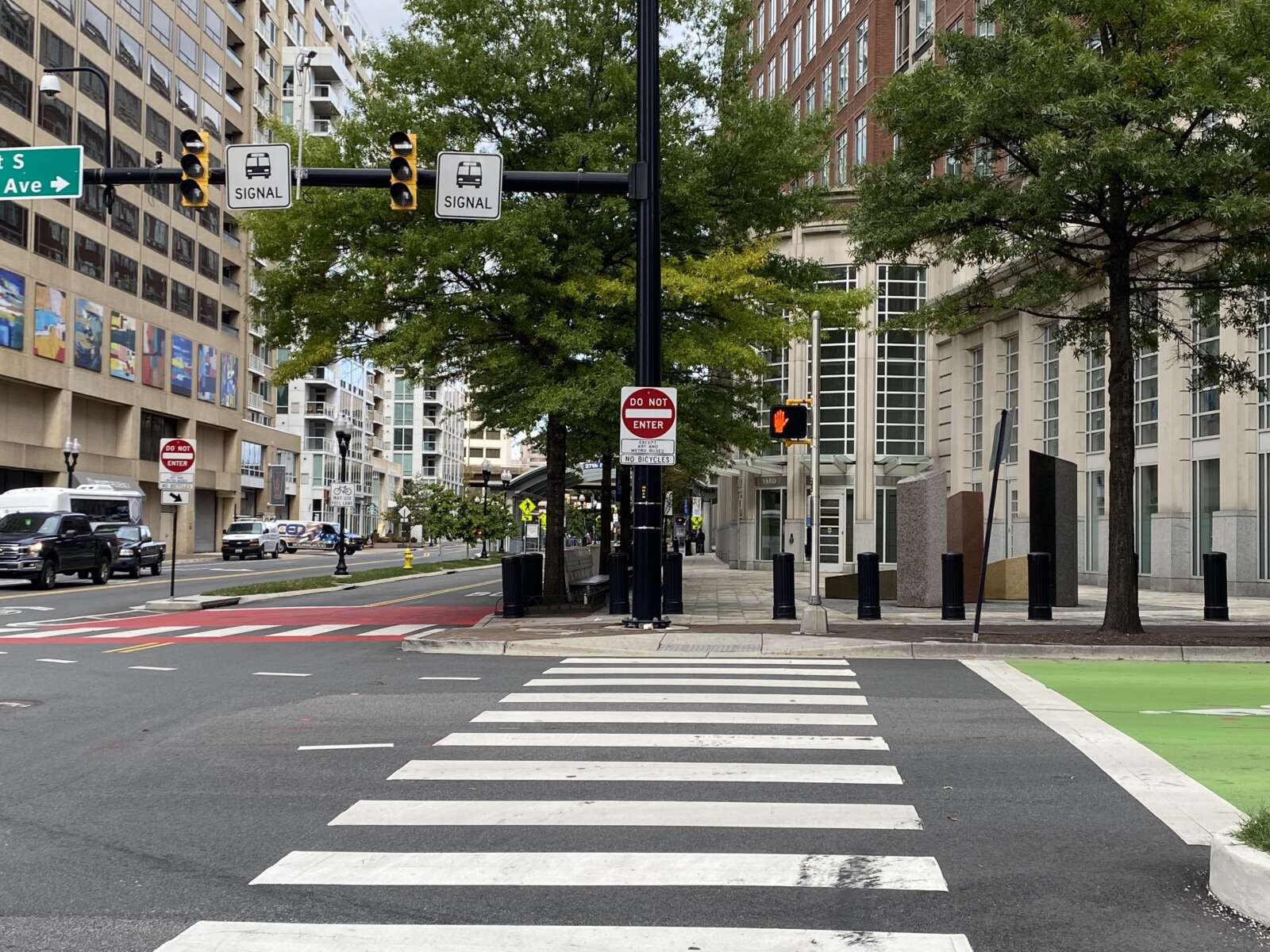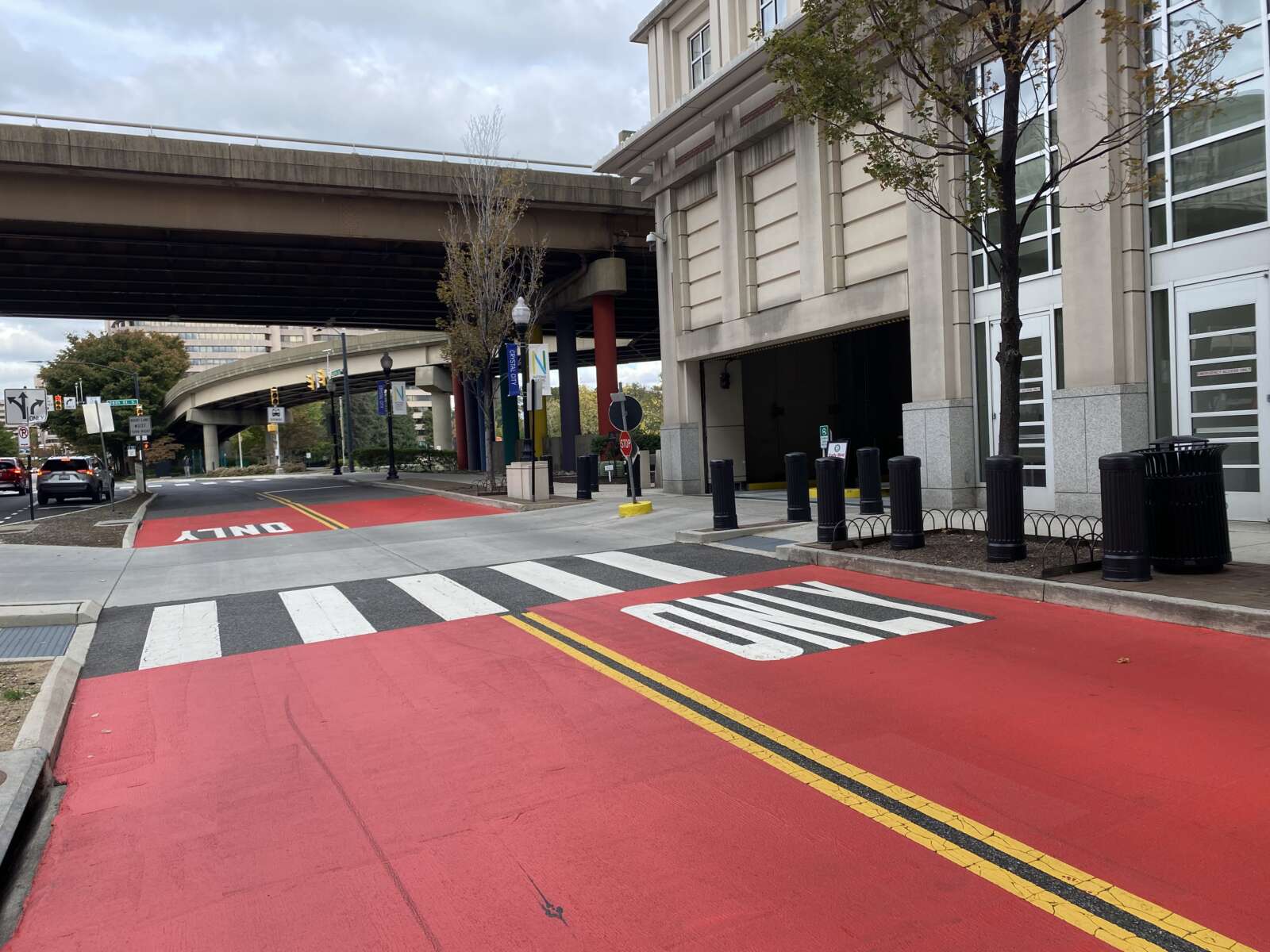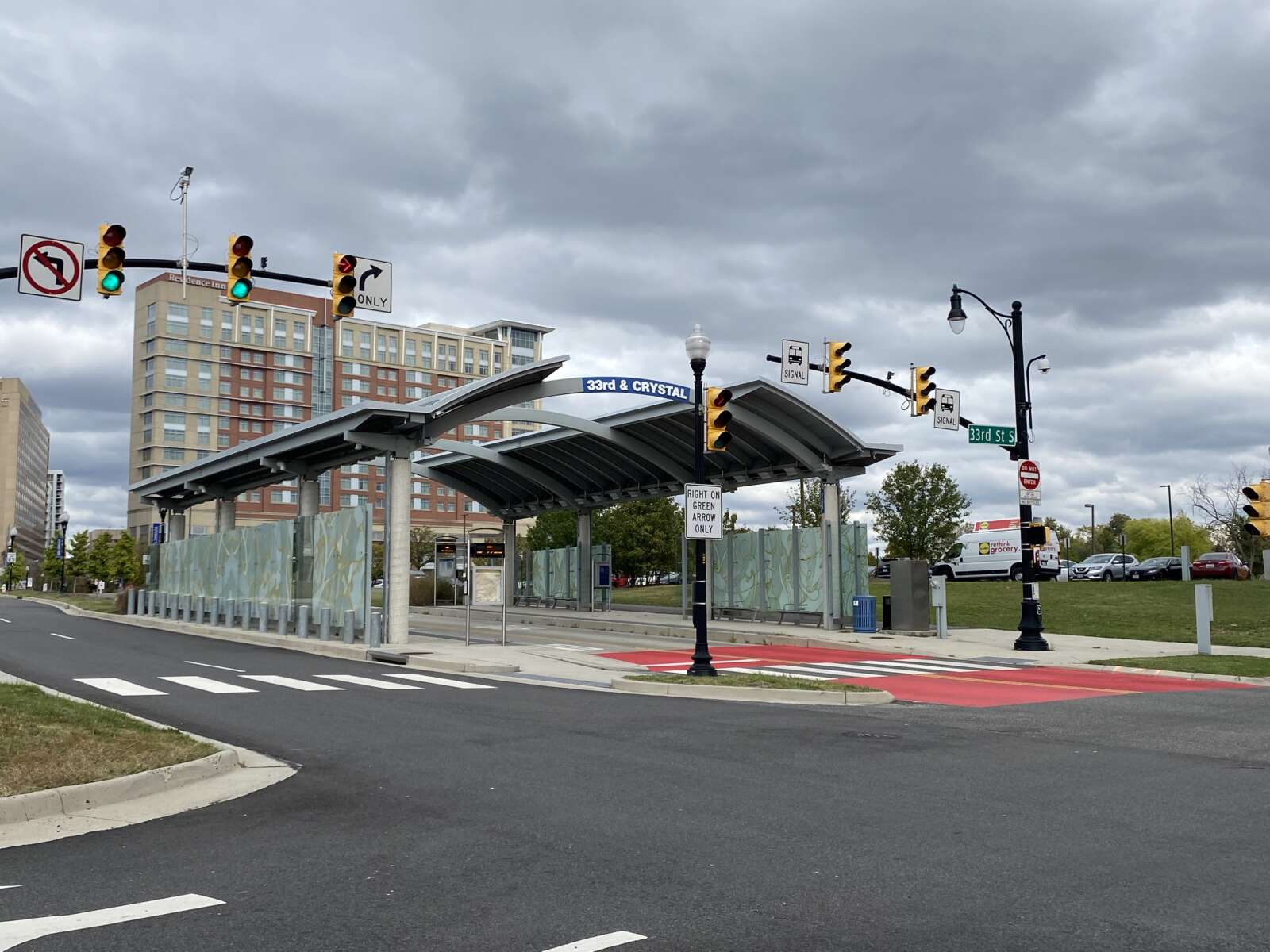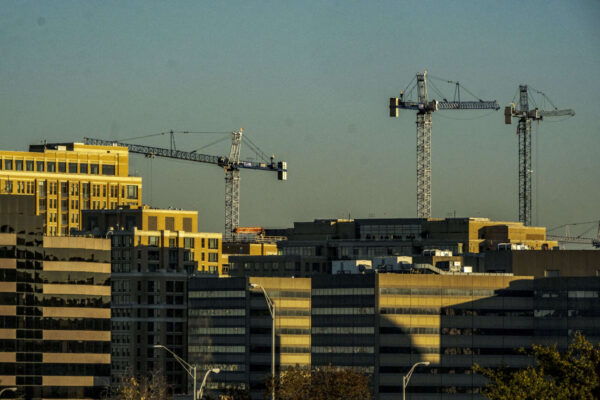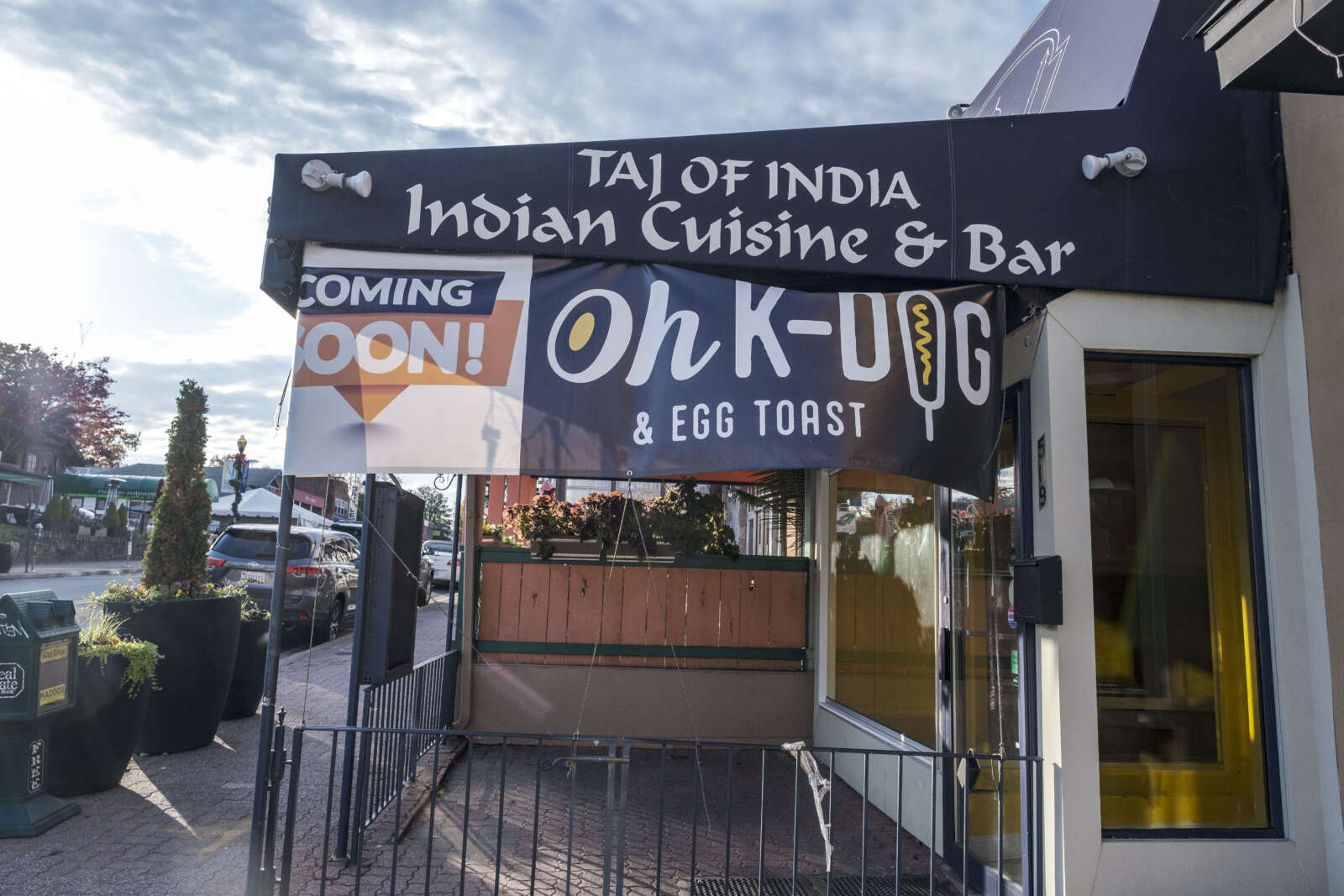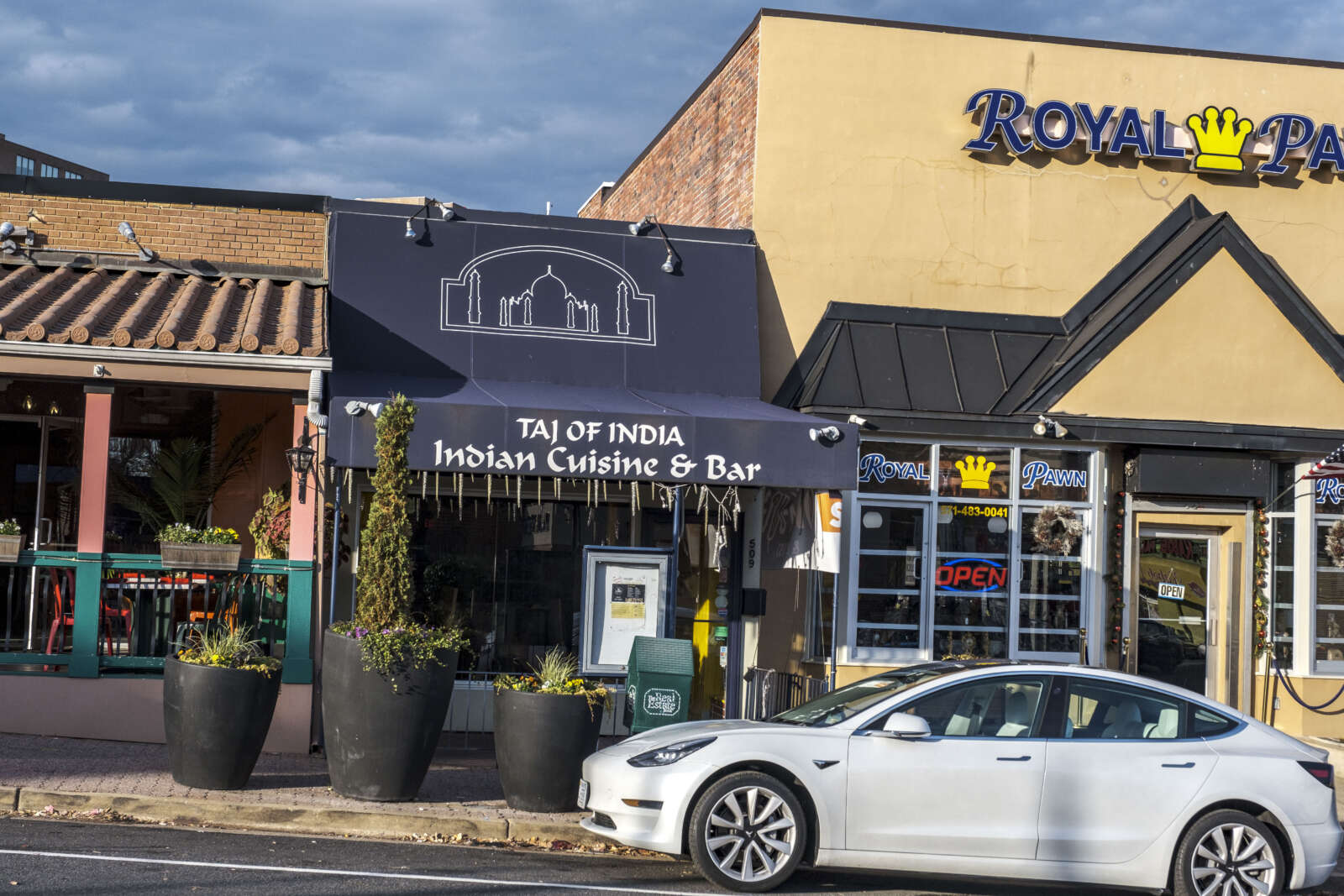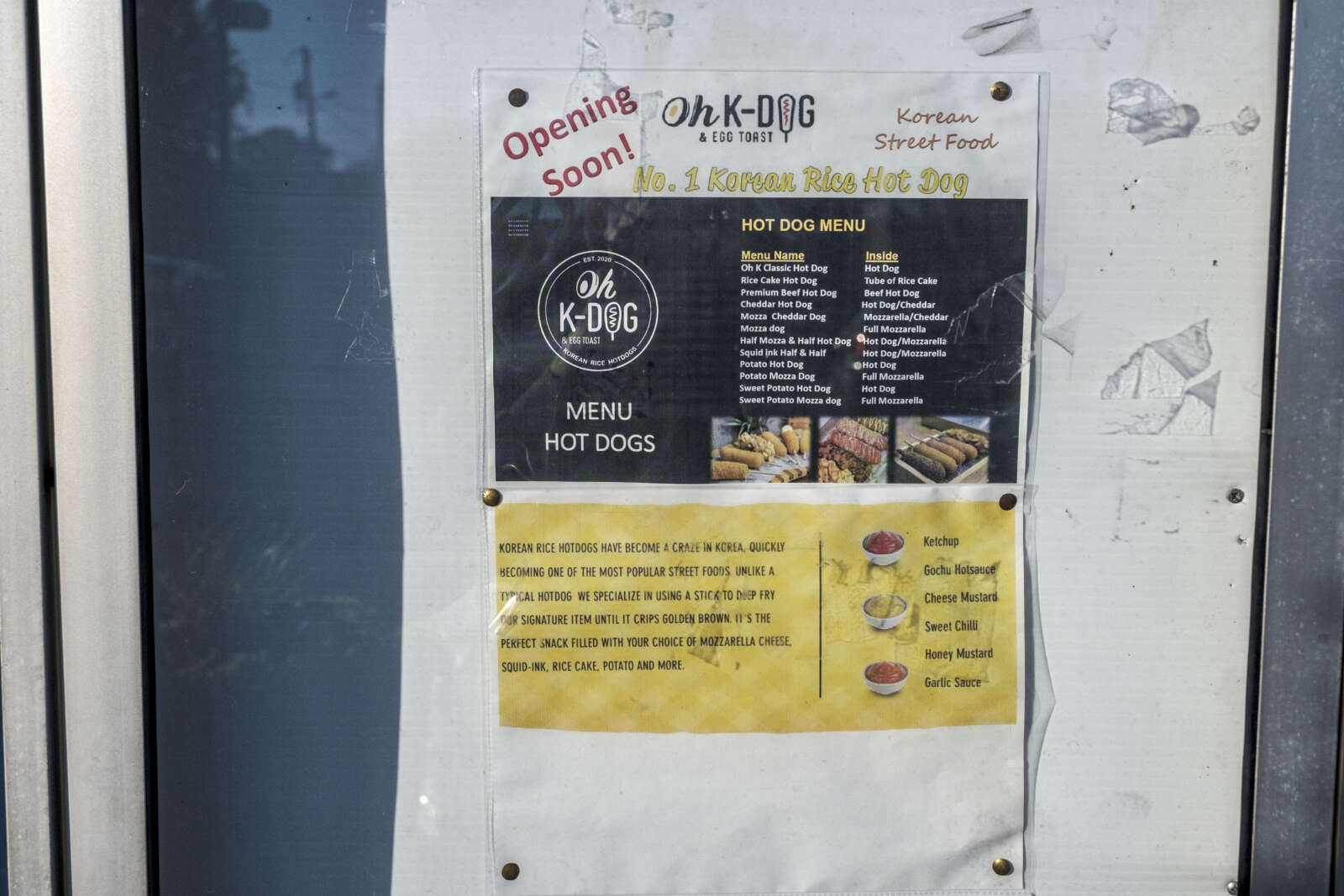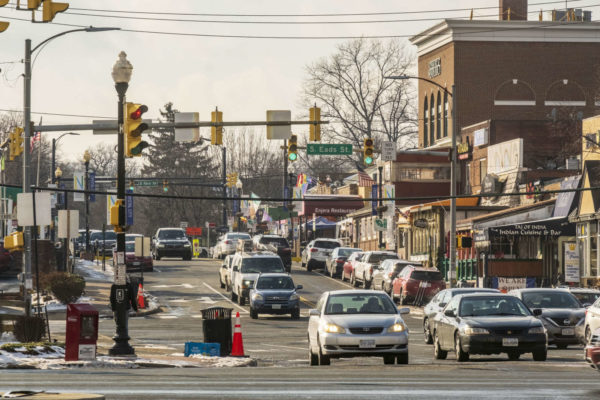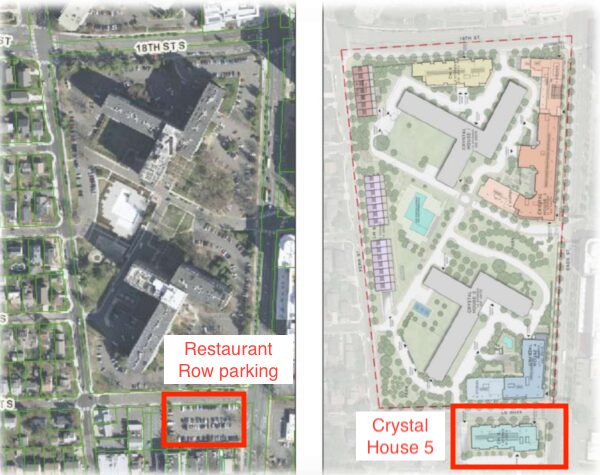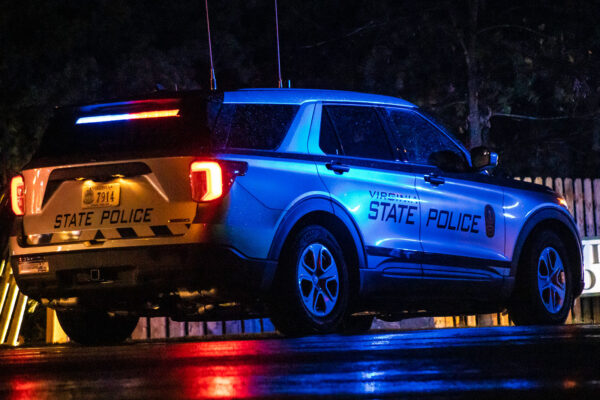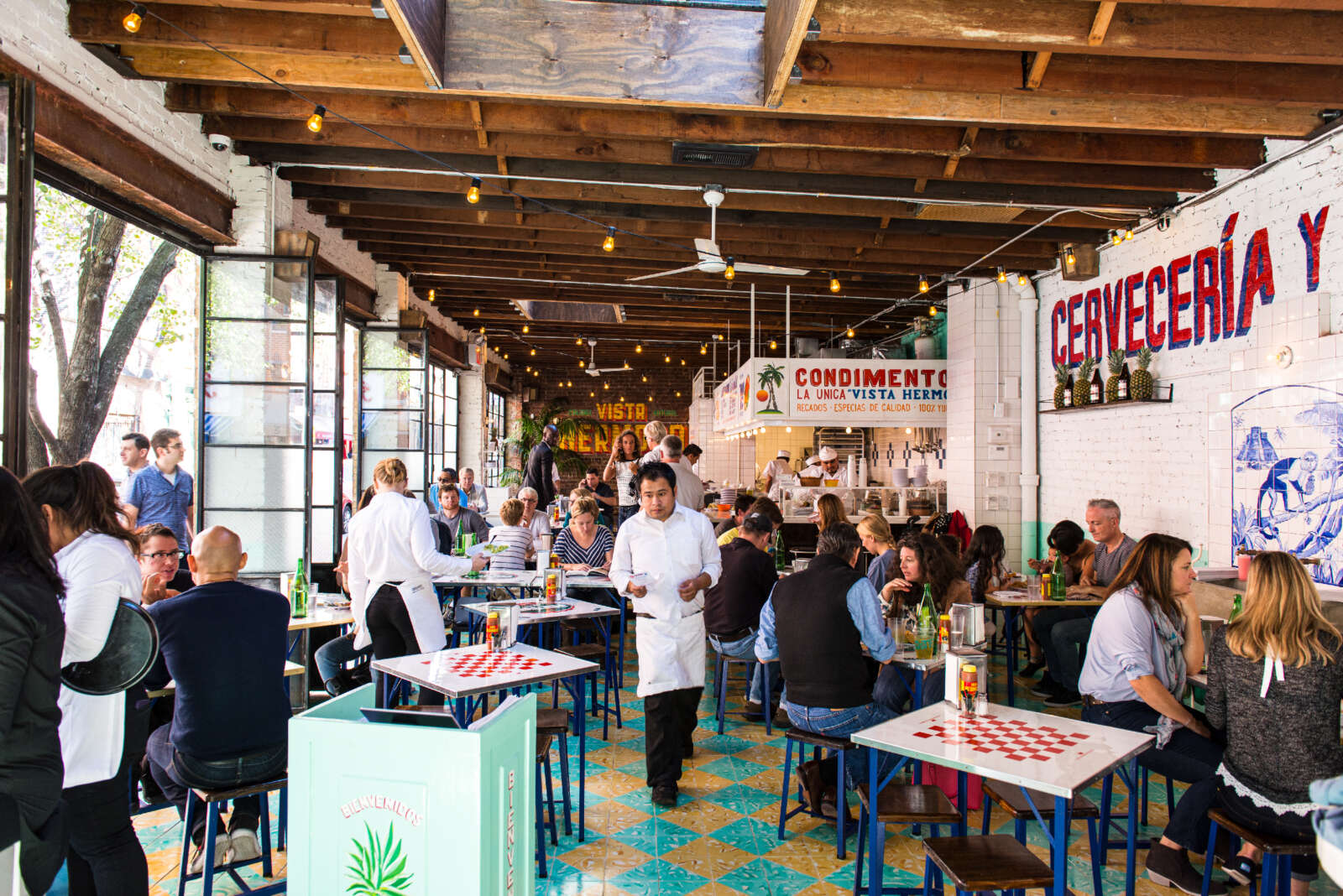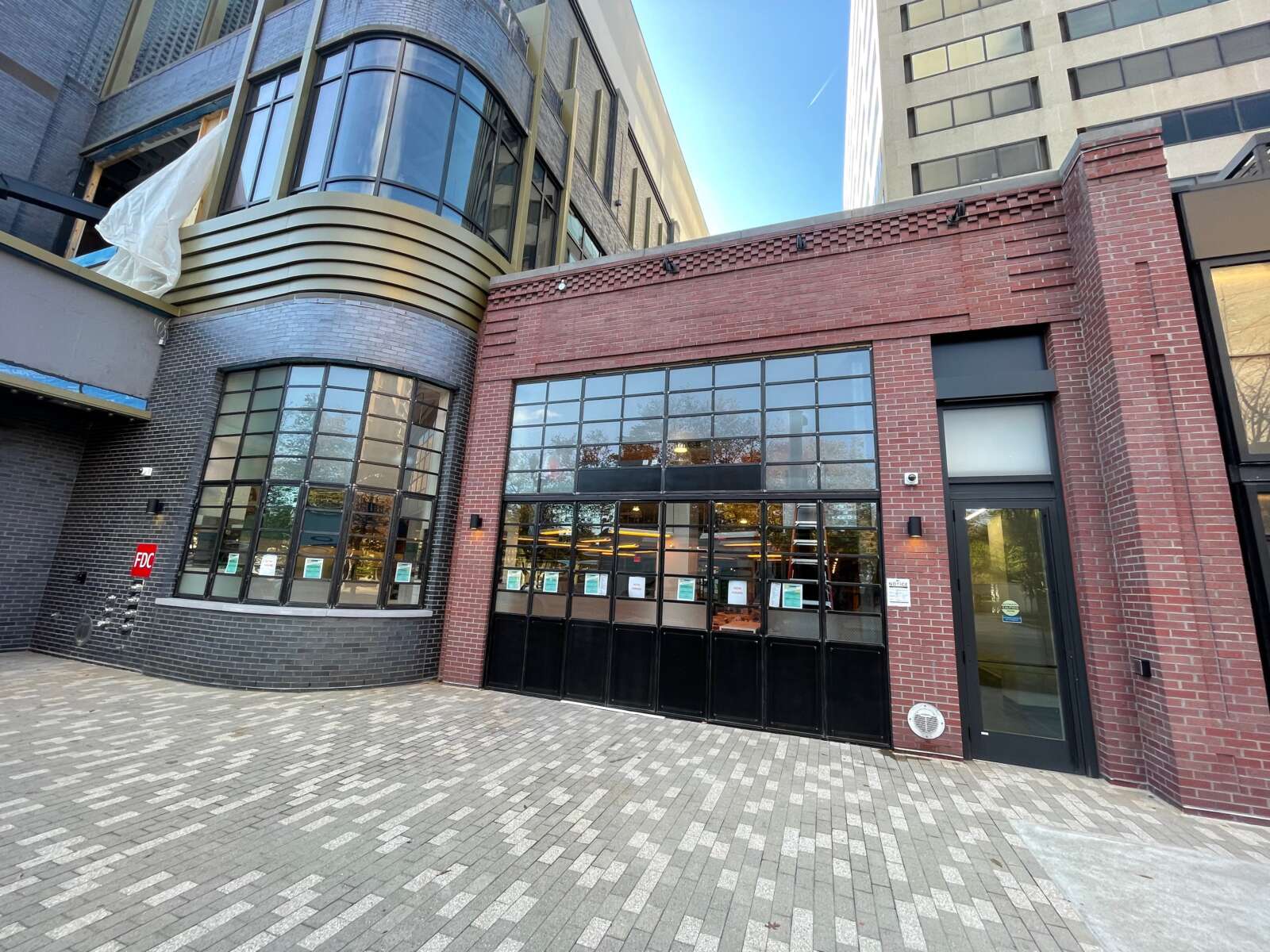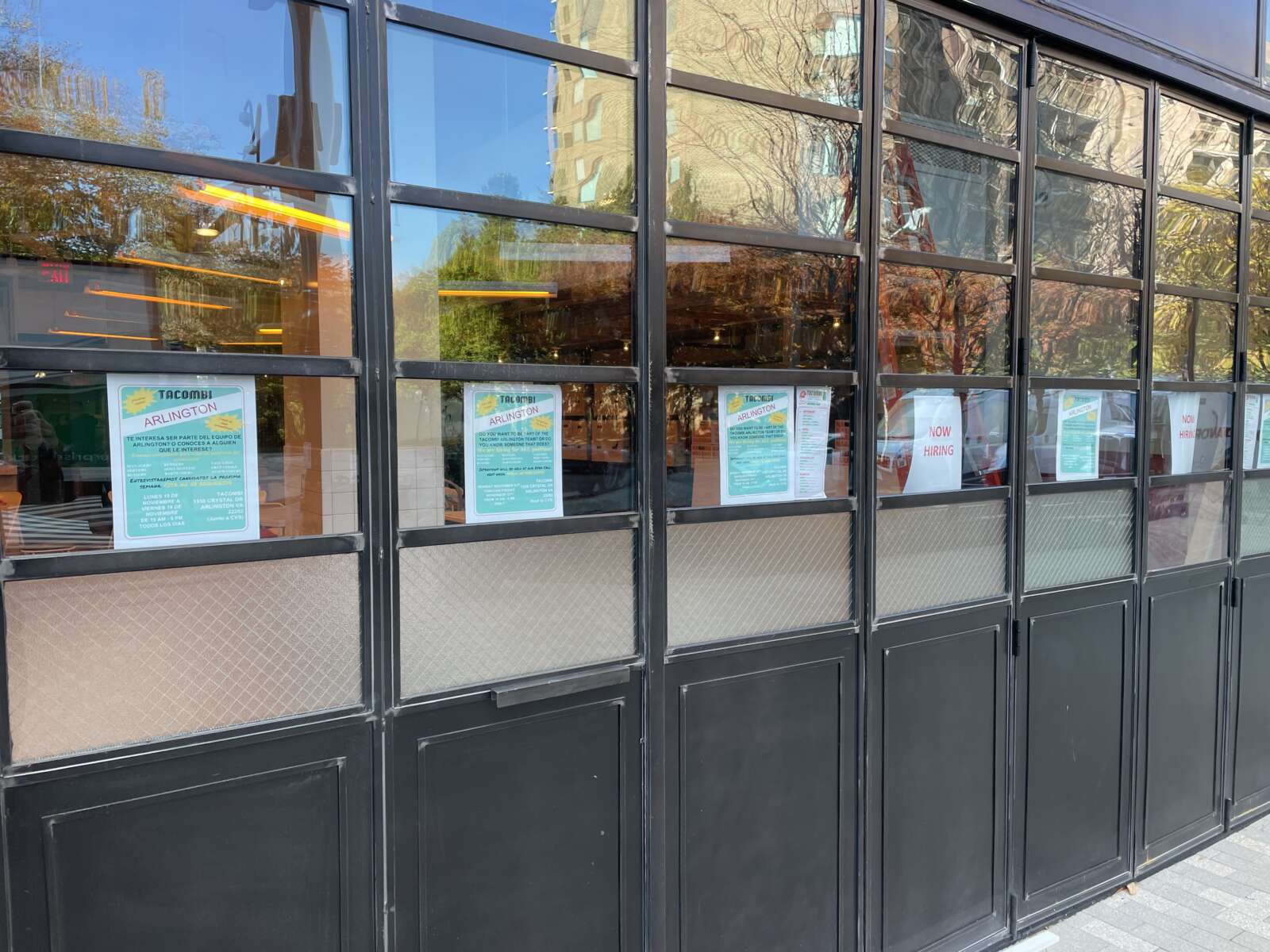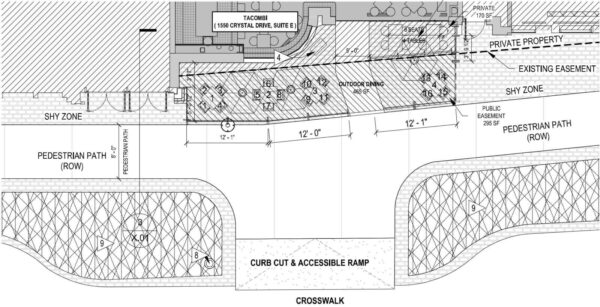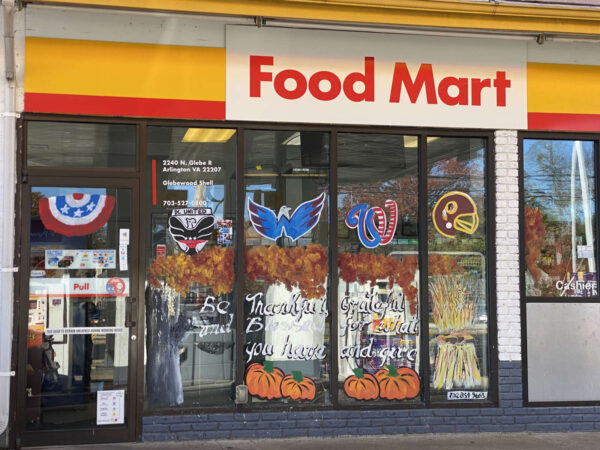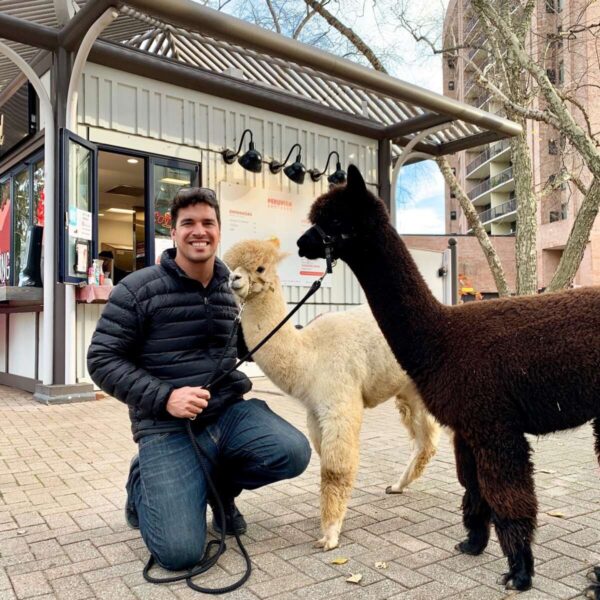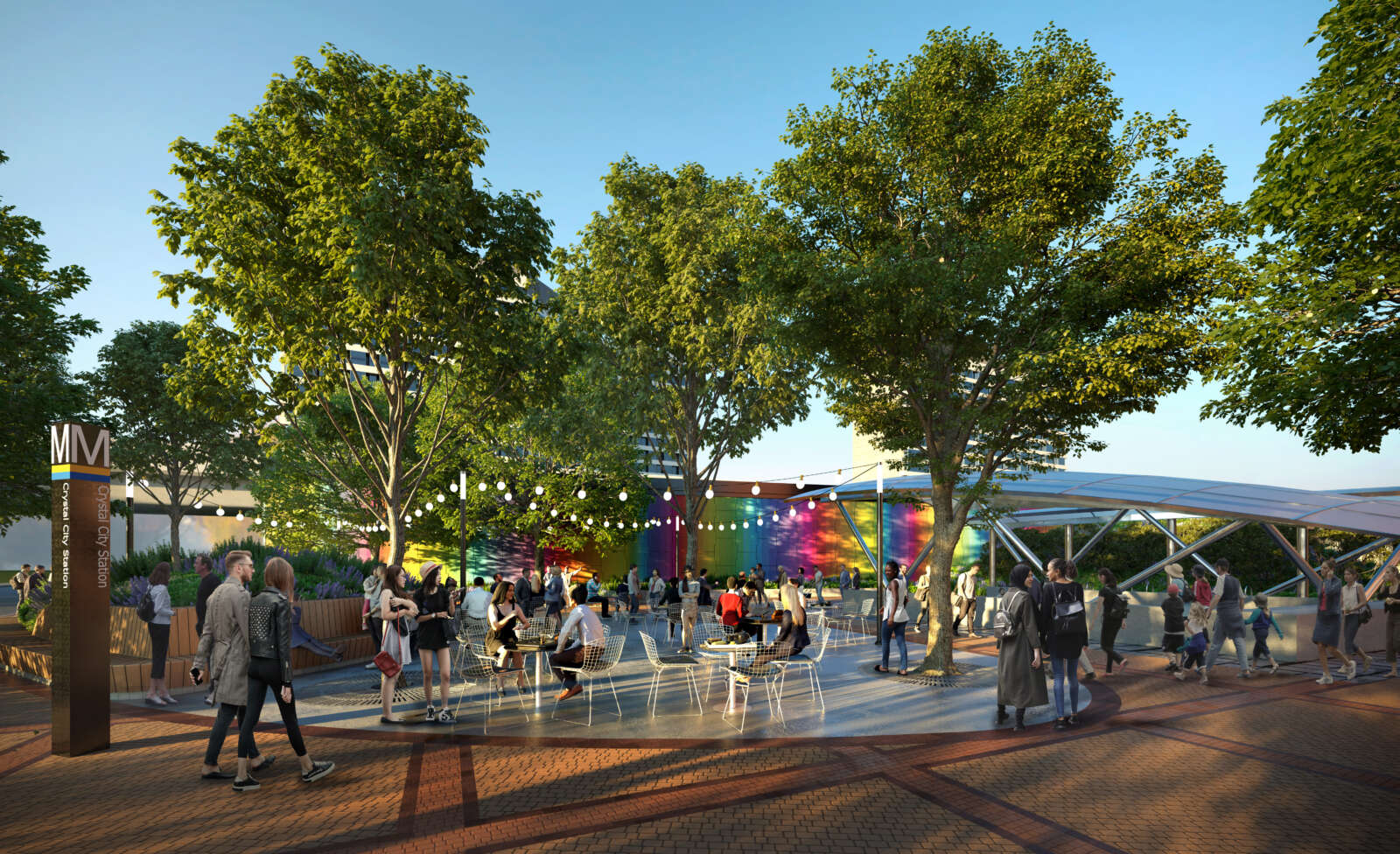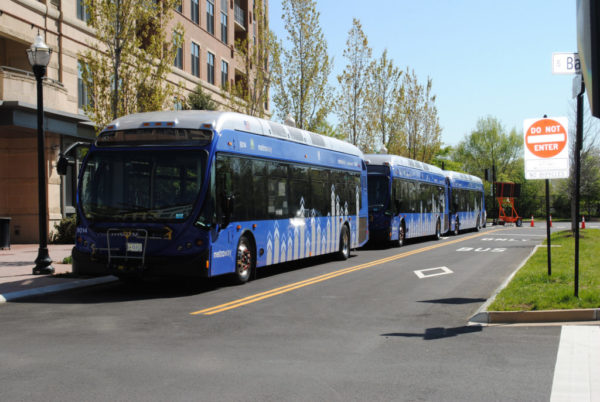
A decade ago, when Arlington County was in the midst of planning the Crystal City Potomac Yard Transitway for the future Metroway bus rapid transit line, the Route 1 corridor looked a lot different.
Development was still ongoing in the corridor, which encompasses Pentagon City and Crystal City, and Amazon was still years away from selecting the area for its HQ2.
There were just over 17,000 residents in the corridor and nearly three quarters of them lived in rental units, according to 2010 county census data. By 2020, that number had risen by about 15% to 20,000 residents. Renters now occupy 91% of the housing stock, according to county data.
Arlington’s section of the Crystal City Potomac Yard Transitway opened in 2016 with the Pentagon City extension aiming for a 2023 opening.
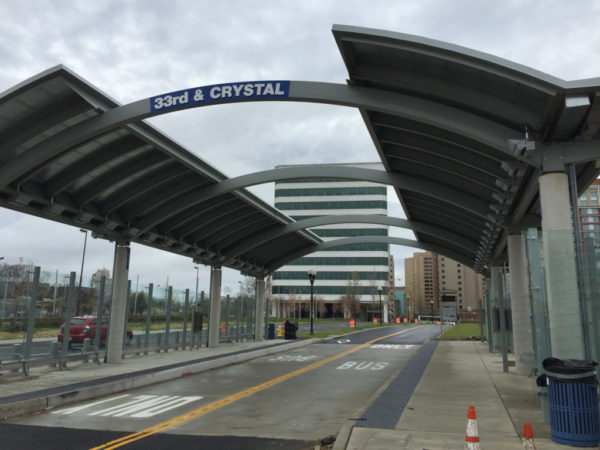
While there have been plenty of bumps along the road, including the continued delay of the Potomac Yard Metro station and low ridership during the pandemic, at least one transportation advocate praises the county for looking ahead.
“To do this later, after the development happens, would have been 20 times harder. 100 times harder,” Chris Slatt, Arlington Transportation Commission chair and founder of Sustainable Mobility for Arlington, told ARLnow. “I really give Arlington a lot of credit.”
In terms of Potomac Yard, Slatt made the point that this was an extremely rare opportunity where urban and transportation planners had the ability to start anew and could try out their best laid plans without dealing with already existing infrastructure.
“Potomac Yard was this kind of special opportunity that we don’t have very often,” said Slatt. “I’m sure there are a lot of other places in Northern Virginia where we can say we’re basically a new neighborhood from scratch.”
Local officials agree, which is why the Metroway is such an exciting project for them.
“For mass transit planners… it is a lot easier to design the infrastructure when you’re starting from scratch rather than trying to retrofit it into a pre-existing system, particularly if you want dedicated [transit] lanes,” said Eric Randall, principal transportation engineer with the Metropolitan Washington Council of Governments (MWCOG).
Plus, he noted, it’s easier for residents to get in the “frame of mind” to use the mass transit option if it is there initially, as opposed to needing to break their previous habits.


